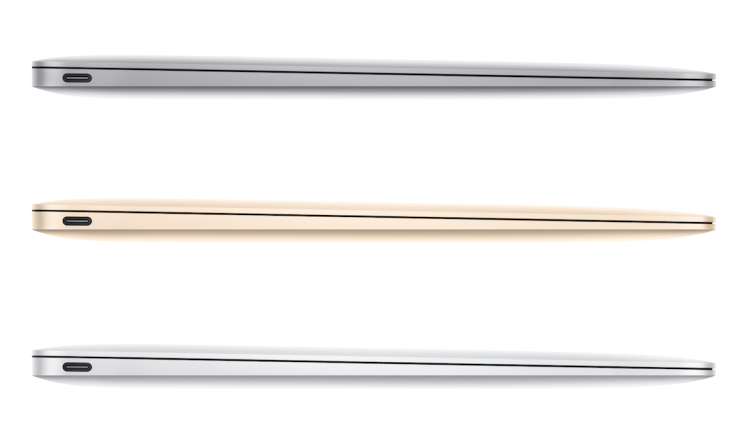At CES I had the bad experience of my MacBook running out of juice in the middle of busy workday, with no time to stop and recharge. I had a battery pack with a 110V plug input (just like a wall outlet), but the thing failed to charge my computer for more than about 20 minutes.
This is a problem MacBook users know all too well. With its proprietary MagSafe power connector, Apple has all but blocked third parties from producing external power units for MacBooks.
But according to a new report from 9to5Mac, this is all about to change with the advent of the USB-C port in new MacBook generations. Third parties will be allowed to create external power sources for the MacBook, so long as they produce enough power to fully charge the computer, and comply with some other technical requirements, the report says.
Apple may be giving up some security by giving up MagSafe, but the increased functionality and flexibility it gives users should make it worth it.
The USB-C port, in fact, will connect to a wide array of third-party accessories — everything from 4K monitors to external data storage to power supplies. For video, 9to5Mac says, third-party external displays using third-party adapters will connect just fine as long as they use DisplayPort signaling over USB-C.
The USB-C port made its debut on Apple products when the new 12-inch MacBook was announced at an Apple event in San Francisco Monday. It packs 250GB of internal storage and 8GB of memory. This is also the first fanless laptop that Apple has ever made. The new MacBook debuts in stores April 10 and starts at $1,300.
VentureBeat's mission is to be a digital town square for technical decision-makers to gain knowledge about transformative enterprise technology and transact. Learn More

